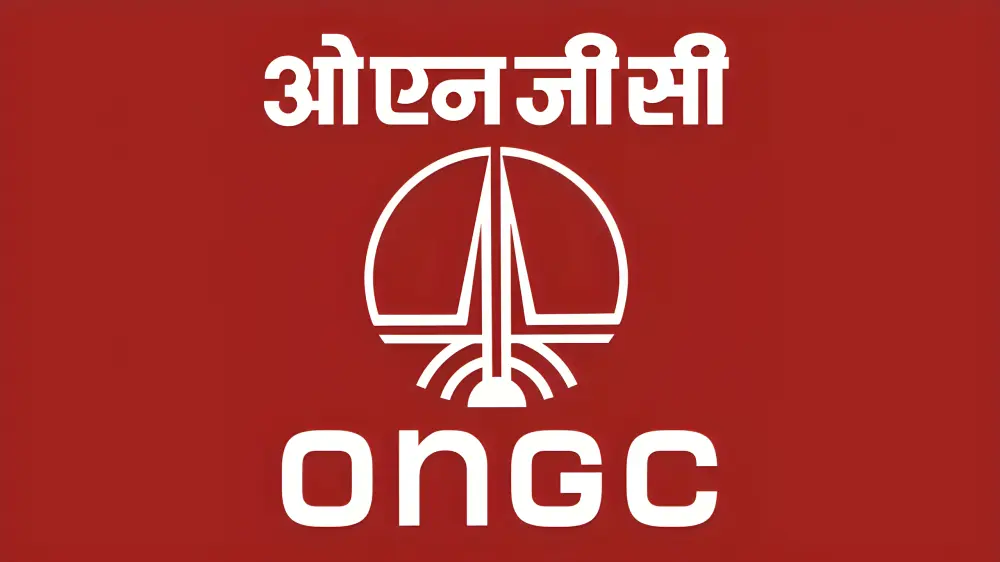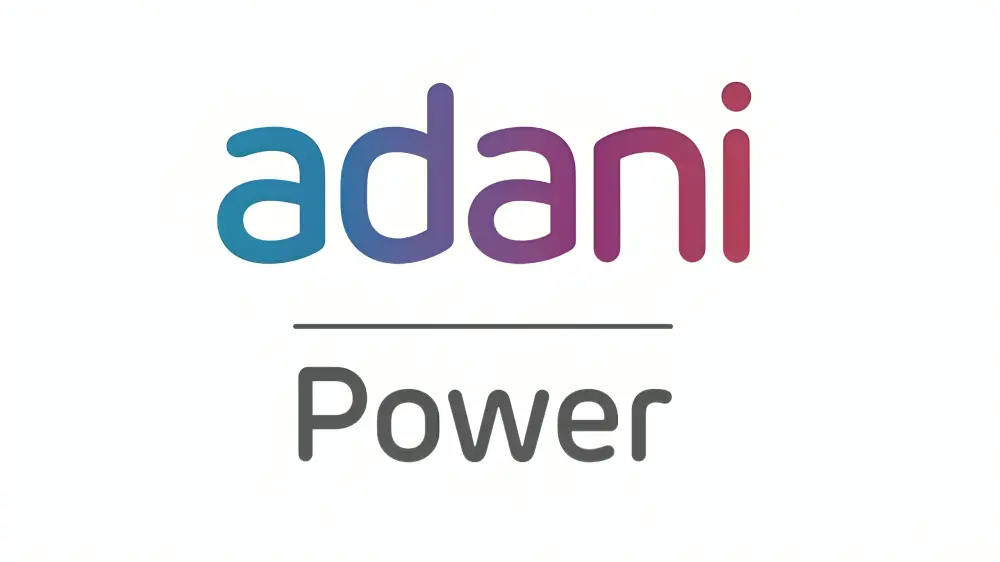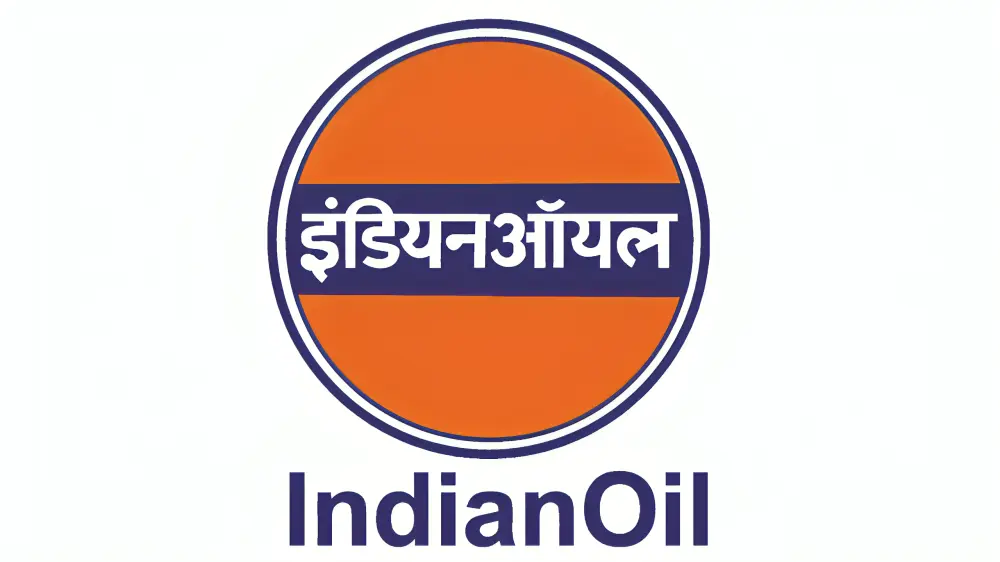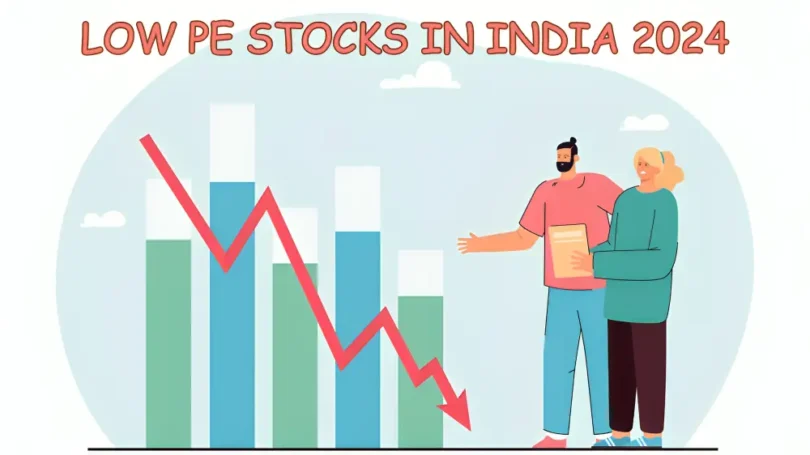Amidst the dynamic of the Indian stock market, investors are consistently seeking advantageous prospects that yield substantial returns. Investing in Low PE Stocks in India 2024 ratio is one method that has proven effective over time. In 2024, when we traverse the financial landscape of India, it is critical to investigate the hidden treasures that Low PE Stocks in India 2024 may hold.
What is the P/E Ratio?
An indicator that contrasts a stock’s price with the amount of money the company makes is the price-to-earnings ratio or P/E ratio. Investors can quickly determine if a stock is valued high or low about its earnings with this method.
In general, a high P/E ratio indicates that the stock is costly in its earnings, whereas a low P/E ratio implies that it is less expensive. This fundamental tool aids in making well-informed decisions about the purchase or sale of stocks based on the company’s present financial performance.
How to Calculate PE Ratio?
Current Market Price (CMP) of the Stock / Earnings Per Share (EPS)
For instance, the P/E ratio would be 9.03 if a stock’s current market price was ₹126.42 and its EPS was ₹14. This suggests that the market is pricing the stock at roughly ₹126.42 for every ₹14 in earnings, or, to put it another way, investors are willing to pay ₹9.03 for every rupee of earnings.
How I See Low PE in Stocks?
For the most part, a low P/E offers a chance to find undervalued businesses. These Stocks have the potential to be undervalued based on their intrinsic value. Purchasing low P/E stocks should ideally result in higher returns. We are setting ourselves up for possible capital appreciation when the market revalues the stock when we join at a lower valuation.
The Low PE ratio is another indicator of the margin of safety that I take into consideration. Using this margin to invest offers protection from unfavorable market circumstances. The potential for value traps is one of the main risks connected to low PE stocks. A stock is not always undervalued just because its PE ratio is low. To guarantee the company’s financial stability, a comprehensive fundamental analysis is necessary.
Furthermore, it’s essential to comprehend the particular industry’s dynamics. Certain industry stocks trade at a relatively lower PE ratio by nature. These industries include, for instance, PSU Enterprises, banking, and metals.
Risks and Challenges of Investing in Low PE Stocks in India
Importance of Fundamental Analysis: Doing a comprehensive fundamental analysis before relying only on P/E ratios raises the possibility of getting caught in value traps. A company’s financial statements, competitive positioning, and growth prospects should all be carefully examined by investors.
Temporary Undervaluation vs. Structural Issues: It’s critical to distinguish between stocks with short-term structural problems and those that are presently undervalued. Investors are assisted in making this crucial distinction by fundamental analysis.
Earnings Quality: A company’s financial health may not be fully depicted by the P/E ratio alone. Investors should evaluate the quality of earnings by taking into account various aspects like accounting procedures, the sustainability of profit margins, and recurring versus one-time income. Learn more about operating profit by reading this.
Debt Levels: High debt levels may be linked to a low P/E ratio, which could be dangerous for the company’s ability to maintain its financial stability. A thorough analysis must look at the company’s ability to service its debt as well as the debt-to-equity ratio.
Industry Comparisons: It is crucial to compare a company’s P/E ratio to industry averages. Due to their inherent qualities, some industries have lower P/E ratios by nature; in these situations, a low P/E may be the norm rather than an indication of undervaluation.
Evaluating Management Competence: Fundamental analysis explores the management team’s proficiency. Gaining knowledge of the leadership’s past performance, strategic choices, and corporate governance procedures can help predict the company’s future.
Cash Flow Analysis: Evaluating the cash flow of a business is crucial. Insufficient cash flows can make it more difficult for a business to invest in expansion plans or withstand downturns in the economy, even if its P/E ratio is low.
Large-Cap Stocks With Low PE Ratio
| Company name | P/E | Market Cap (Crore) |
| State Bank of India (SBI) | 7.38 | Rs. 5.07L |
| Oil and Natural Gas Corporation (ONGC) | 5.14 | Rs. 2.41L |
| Coal India | 7.56 | Rs. 2.11L |
| Adani Power | 8.43 | Rs. 1.71L |
| Indian Oil Corporation Ltd (IOCL) | 3.96 | Rs. 1.52L |
State Bank of India (SBI): With its headquarters located in Mumbai, SBI is the biggest international banking and financial services corporation in India. It runs 62,617 ATMs and has over 22,219 branches throughout India. The bank’s market shares in deposits and advances are 22.84% and 19.69%, respectively. According to the Fortune Global 500, SBI was placed 235th. SBI provides loans, wealth management, personal and business banking, and other services to about 45 crore Indians. SBI’s profit growth over the last five years has been consistently 76%.

SBI- Low PE Stocks in India
Oil and Natural Gas Corporation (ONGC): With its headquarters located in New Delhi, ONGC is the biggest exploration and production company for natural gas and crude oil in India. It has found 8 of the country’s 9 producing basins (in Gujarat, Assam, Rajasthan, Mumbai, Krishna Godavari, Cauvery, Bengal, and Vindhyan) and contributes 71% of India’s domestic production. Petroleum products including gasoline, diesel, kerosene, and LPG cooking gas are produced from ONGC’s reserves.

ONGC- Low PE Stocks in India
Coal India: The Ministry of Coal, Government of India, oversees Coal India Limited, the largest coal mining and refining company in the world, with its headquarters located in Kolkata. About 82% of India’s total coal production comes from CIL. As of April 1, 2020, Coal India operated 352 mines in eight different Indian states. With over 239,000 employees, CIL ranks among the biggest corporate employers (data as of October 30, 2023).

Coal India- Low PE Stocks in India
Adani Power: The largest private thermal power producer in India, Adani Power is based in Ahmedabad. With thermal power plants located in six Indian states (Gujarat, Maharashtra, Karnataka, Rajasthan, Madhya Pradesh, and Chhattisgarh), the company has an installed capacity of 13,650 MW.

Adani Power- Low PE Stocks in India
Indian Oil Corporation Limited (IOCL): The largest commercial oil company under Indian government control is Indian Oil Corporation. With its main office located in New Delhi, this Maharatna company runs 11 out of the 23 refineries in India. IOCL is a significant player in India’s energy landscape, with a network of more than 56,000 customer touchpoints, a 33% market share in petroleum products, and a 71% share in the downstream sector.

IOCL- Low PE Stocks in India
Mid-Cap Stocks with Low PE Ratio
| Company name | P/E | Market Cap (Crore) |
| Housing and Urban Development Corporation (HUDCO) | 9.13 | Rs. 16.33K |
| Manappuram Finance | 7.29 | Rs. 13.54K |
| Calcutta Electric Supply Corporation (CESC) | 9.14 | Rs. 13.22K |
| Karur Vysya Bank | 9.00 | Rs. 12.27K |
| Authum Investment and Infrastructure | 5.82 | Rs. 11.97K |
Small-Cap Stocks With Low PE Ratio
| Company name | P/E | Market cap (crores) |
| PTC India | 8.92 | Rs. 4.65K |
| West Coast Paper | 4.37 | Rs. 4.33K |
| DCB Bank | 6.88 | Rs. 3.51K |
| Brightcom Group | 2.32 | Rs. 3.27K |
| Prakash Industries | 9.84 | Rs. 2.78K |
Conclusion
Investors looking for value in the market are drawn to low PE stocks in India as we navigate India’s financial landscape in 2024. But the road is not without its difficulties, so careful planning and diligence are essential. Investors can uncover the hidden potential in the low-priced stock market by comprehending industry dynamics, economic conditions, and particular factors that impact individual stocks. The secret to success in a constantly changing market is to make strategic decisions, have a long-term outlook, and remain steadfastly committed to managing the intricacies of the Indian stock market.
FAQ of Low PE Stocks in India 2024
Q1. Can I purchase a stock with a low P/E ratio?
You can determine if a stock’s price is overvalued or undervalued by looking at the P/E ratio. But you shouldn’t use the P/E ratio as the only factor when choosing an investment. To make better investing decisions, you should therefore review the company’s annual report, financials, and other key metrics.
Q2. What do the stocks with the lowest P/E ratios mean?
India’s lowest P/E ratio stocks indicate that the company is less expensive and has room to grow.
Q3. Which P/E ratio is optimal?
The ideal P/E ratio, in Benjamin Graham’s opinion, falls between 10 and 15.








Leave a Comment